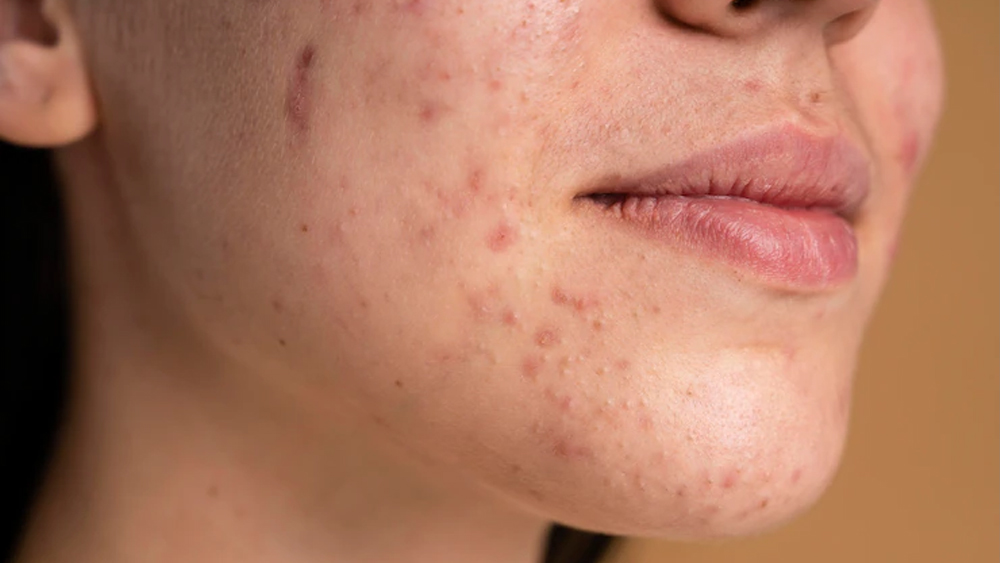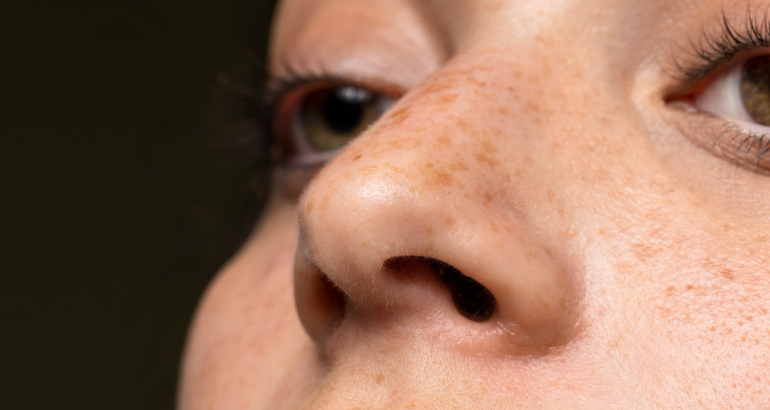A skin rash is any region of irritated or swollen skin on your body. Rashes are typically uncomfortable and painful, and they can appear differently in persons with varied skin tones. Although they are frequently described as red, darker skin tones may depict these as purple, grey, or even white.
The rash frequently has a scaly texture and is red and irritating.
The widespread skin ailment psoriasis can cause a scaly, itchy, red rash to appear on the scalp, elbows, and joints. Eczema of the type known as seborrheic causes dandruff, redness, and scaly spots on the scalp. Worldwide, rashes affect millions of people; some rashes may not require treatment and will go away on their own; others may be treatable at home, yet others could be an indication of a more serious condition.
Any area of your body where the skin is inflamed or swollen is a rash. Rashes are typically uncomfortable and painful, and they can appear differently in persons with varied skin tones. Darker skin tones may show these as purple, grey, or even white, despite the fact that they are commonly described as red.
Seasonal and weather variations can irritate the skin. When you’re under greater stress than usual, you might also notice changes in your skin. Additionally, some disorders, such as autoimmune conditions, can cause rashes.
Rashes can be brought on by a variety of things, such as allergies, illnesses, responses, and drugs. Infections with bacteria, fungi, viruses, or parasites might also be caused.
Contact dermatitis
Contact dermatitis, one of the most common causes of rashes, is when the skin reacts to something it has touched. The rash is typically weepy and oozy, and the skin may become red and irritated.
Infections
A rash can also be brought on by bacterial, viral, or fungal infections. The appearance of these rashes will depend on the condition. For instance, the common fungal infection known as candidiasis results in an itchy rash that typically develops in skin folds.
There are numerous types of rashes and causes for their development.
Interventions performed at home can minimize symptoms and lower the chances of flare-ups.
Self-care practices comprise:
- Avoiding harsh soaps and other irritants
- Applying creams or lotions regularly
- Applying prescription anti-itch creams or ointments
The best option is usually to let the rash alone. As long as you don’t come into contact with the allergen again, your rash should go away without any problems in two to three weeks. Moisturizers can help the skin retain moisture and improve the healing process.



